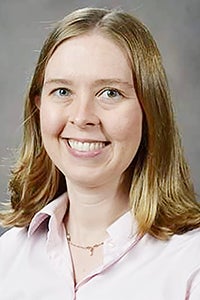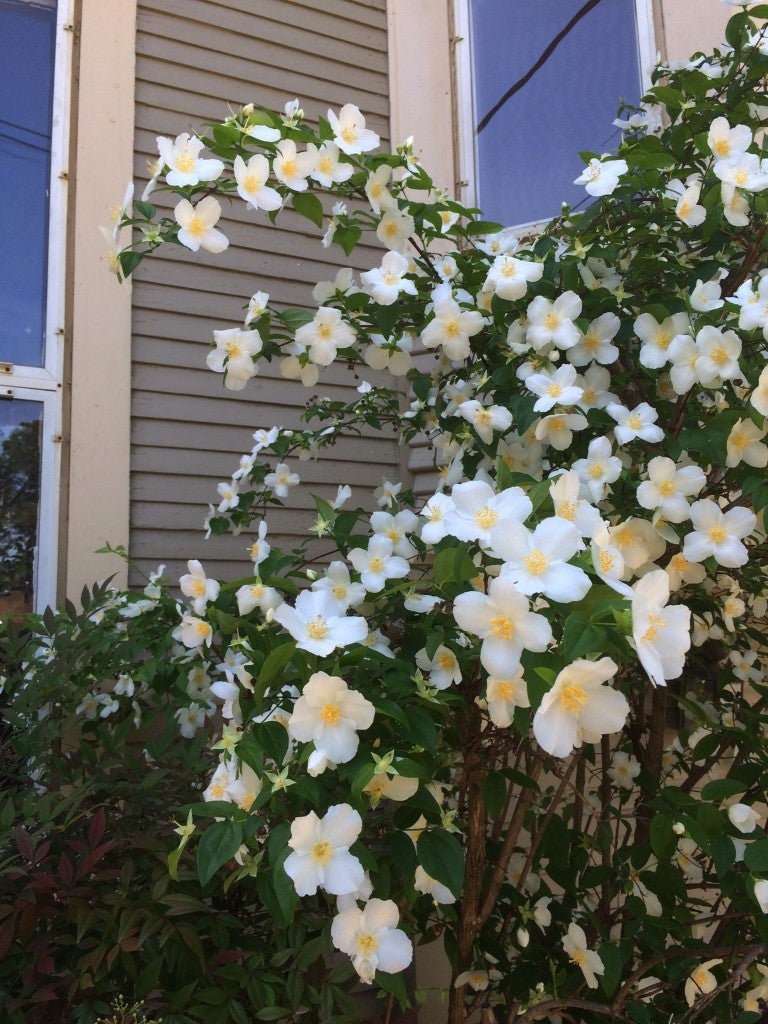We’re Seeing Typical Tomato Problems
Published 6:30 pm Friday, June 16, 2023

- Mary Helen Ferguson
|
Getting your Trinity Audio player ready...
|
This spring has brought a lot of questions about two common tomato problems: blossom end rot and bacterial wilt.
Blossom end rot is associated with low calcium in the fruit. However, having blossom end rot doesn’t necessarily mean that the calcium level in the soil is low. If soil has been limed to raise pH, soil calcium is often sufficient.
Blossom end rot can occur because the water supply is irregular. Calcium moves upward with water in the plant, and if soil is allowed to dry excessively, sufficient calcium won’t be able to reach fruit. On the other hand, if soil is too wet, roots won’t function well, and plants may not take up enough calcium.
Try to keep soil moisture consistent, rather than letting it get too dry or stay too wet. Mulching can help conserve water so that soil doesn’t dry out as quickly and the amount of water available to the plant doesn’t vary as much over time.
(If you water vegetables in a way that gets water on the leaves – such as with a sprinkler – try to do this in the early morning. If you water from overhead in late afternoon or evening, you may have more problems with leaf diseases like early blight and bacterial spot.)
Excessive fertilizer can also contribute to blossom end rot, so avoid overfertilizing. Nitrogen in the ammonium form can compete with calcium for uptake by roots, so nitrate-based nitrogen sources like calcium nitrate are recommended for side-dressing tomatoes.
While finding that some of your tomatoes have blossom end rot is disappointing, having plants wilt and die may be more concerning to you.
There are several possible causes for wilting tomatoes (other than lack of water), but the most common here in southeastern Louisiana seems to be southern bacterial wilt. This disease is caused by the bacterial pathogen Ralstonia solanacearum and typically causes plants to wilt quickly and die, without leaf spots or stunting.
A fungal disease caused southern blight causes similar symptoms, though I haven’t seen this as commonly here in southeastern Louisiana. If southern blight is the problem, you’ll typically see white fungal growth at the base of the stem, next to the soil line, along with white-to-tan mustard-seed-sized structures called sclerotia.
If you have plants with bacterial wilt in your garden, you can place symptomatic plants directly into a garbage bag or other container for disposal. Try to avoid letting soil from around the roots get into other areas in the process of doing this. During the course of the season, make sure you don’t spread soil from where diseased plants have been to other areas of the garden on your tools, feet, or hands, or in irrigation water.
In the long term, one of the main ways to deal with bacterial wilt is to practice crop rotation. The particular type of R. solanacearum that affects tomatoes also affects peppers, eggplants, and potatoes. The pathogen can survive in the soil for multiple years, so where you’ve had bacterial wilt, avoid planting tomatoes or one of these other crops in that location for at least several years.
If you have limited garden space and want to take a chance on replanting susceptible vegetables back into the affected area within the next few years, one thing you can do to reduce the chance of problems is to solarize the soil.
This involves removing plants, preparing soil as if you were going to plant in it (smooth seedbed without clods, etc.), making sure the soil is moist, and covering the soil with clear plastic. There should be no holes in the plastic, and it should be held tightly to the ground and covered with soil at the edges. Leave the plastic on for about six weeks during the heat of the summer. The point is to get the soil hot enough for long enough to kill disease-causing organisms.
Low soil pH and high soil moisture favor bacterial wilt, so make sure your pH is within the recommended range for tomatoes (pH 6 to 7), and provide adequate drainage.
Let me know if you have questions.
Dr. Mary Helen Ferguson is an Extension Agent with the LSU AgCenter, with horticulture responsibilities in Washington and Tangipahoa Parishes. Contact Mary Helen at mhferguson@agcenter.lsu.edu or 985-277-1850 (Hammond) or 985-839-7855 (Franklinton).



